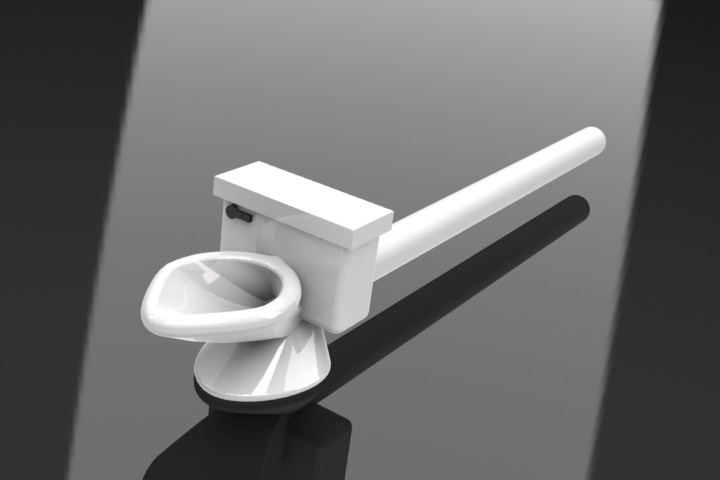Mike Smith
En-Route
- Joined
- May 15, 2011
- Messages
- 2,626
- Location
- Prattville, Alabama
- Display Name
Display name:
Fresh Prince of PrattVegas
Another clarification. When I talked to my instructor last night I asked him specifically how he would like me to make the entry to the pattern, I will try to quote him as close as possible" He said, " you can do it anyway you want, but I would prefer that you, as a student, to enter on the 45 because it gives you opportunities to look for traffic, in the air and on the ground. You will see it done many ways as you gain more exposure. I believe at you level of experience, a 45 entry is safest. Now to the question of how I would have you enter the 45, you could either overfly the field and do the 200 or so degree turn into the wind and around to the left 45 or you could enter a left upwind 45 and turn crosswind over the threshold of 27 at tpa. But you are pilot in command, you get to decide." that is almost verbatim. It is very hard to convey in a few sentences what someone is trying to say especially when it is second hand. My instructor is fantastic and I trust him about as much as someone can under the circumstance. He know his stuff and he is trying to keep me alive. I am sure he will expose me to more as my experience dictates. I am really just a little surprised how this is such an issue. all I wanted to know was "how would you enter this 45", not " why are you doing it that way" or " why does your instructor want you to do that". I cant see how entering on a 45 at an uncontrolled field wouldn't be safer, or at the very least just as safe as any other way.












